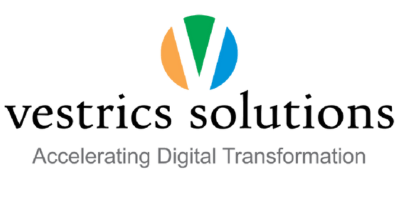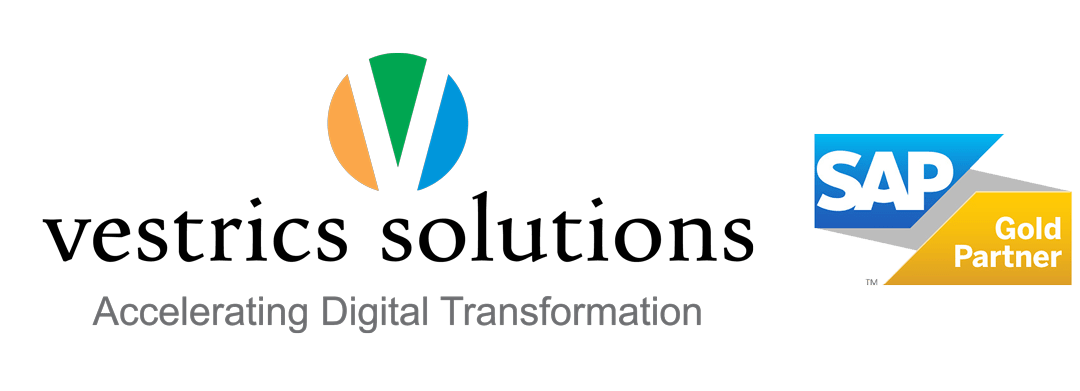Benefits of Finance ERP to the Finance Team
In today’s fast-changing business environment, it is essential to get a clear view of your financial status at the end of each month. With real-time and flexible reporting, decision makers are equipped with relevant actionable business insights. Financial management-related tasks are handled by the finance ERP module. The finance team is able to achieve financial accuracy with this module more easily because the functions of each department are integrated into an ERP solution. The primary task of the finance module is to collect financial data and turn it into reports. You can monitor the real-time material value with it, and increase productivity and revenue. In order to comply with increasingly stringent financial regulations and reporting requirements, it is essential to integrate the finances of the various business functions to ensure accounting accuracy. Additionally, Finance ERP provides the consolidated financial data necessary to measure and enhance the performance of the business. In this blog, we are going to discuss the vital benefits that Finance ERP provides to the Finance team: Risk Management A company can anticipate, evaluate, and manage the predictable risks in the financial sector because of the risk management capabilities of the finance and accounting module. These scenarios could include catastrophes or financial difficulties. Risk management solutions can also deal with security, legal liability, compliance, and reputational threats as potential disasters. This module will accurately and automatically monitor your company’s cash flow; As a result, you can monitor and check for issues, determine their causes, and address them. Variance Management ERP software can also help the Finance department of a company establish standards. By using the cost of production and any associated manufacturing costs as a clear baseline, businesses can more easily review and adjust project expenses to meet expectations. Companies can quickly identify and address any cost deviations from the budgeted amount with an ERP solution. Before the cost variance starts to hurt profits, the company can quickly figure out why it’s happening and fix it. On the other hand, if costs are lower than anticipated, businesses can set new standards and easily maintain favourable conditions. Companies can also use this to create cost tables and refer to multiple cost balances to review and analyze cost allocations and make better business decisions. Easy Reporting Basic reporting features help a business prepare financial reports, typically for internal use, by providing access to financial data in real-time. An organization can make predictions and decisions about its finances that are based on data. Analytics and business intelligence (BI) feature help a business see its revenue picture more clearly. Actual and anticipated sales, expenses, and other financial data can be displayed on dashboards. Introducing the information in a graphical configuration assists finance managers with rapidly grasping the organization’s financial health. Reduced Human Errors Human error is inevitable when account information is collected manually. Inaccuracies in data entry are frequently regarded as common accounting flaws, even though inaccurate accounting data can significantly influence the integrity of a company’s financial reports. In addition to accounting difficulties, it will also cause issues with taxes. Understanding the ERP benefits in this circumstance is pivotal since ERP helps distinguish and kill information input mistakes. Businesses will only again generate accurate bills due to incorrect data entry with ERP software. In addition, staff training is optional for ERP software implementation. Improvement in Performance As the ERP software integrates all the functional aspects into a centralized system, the demand for this resource tool has started to gain momentum. How data is stored, shared, and accessed has wholly revolutionized how organizations do their business. Most of the routine financial tasks become automated so that the CFOs and other high-up finance managers can focus on strategic areas. Within an organization, all the inter-department-related data are cohesively brought together so that the finance team, when doing an internal or getting an external audit, can see through the performance and shortcomings clearly. Further, this enhances productivity as the organization can streamline its operations and financial requirements as per the insights provided by the ERP tool. Better Cost Management Since the finance department in any organization is responsible for recording, reporting, and analyzing the company’s critical performance data, thus there are vast areas of financial management which is taken care of by ERP systems: Monitoring financial assets and liabilities, correct entry of data, and further management. Compliances are duly met regarding accounting, tax, and reporting rules. Keeping track of internal records which is generally a complex and a time-consuming task Providing key data insights and metrics to the finance team so that the stakeholders can make decisions in the right direction and in a timely manner. To Conclude To run a successful finance team, the organization should invest in an efficient ERP system that assists the team with all the tasks and compliances. It should be aimed at helping the finance team with data aiding them in correct reporting to the management, and further assisting the stakeholders make strategic decisions based on the data. ERP systems are designed to take care of manual entries with proper checks in place to handle inaccuracies and guidelines properly. ERP systems also ensure compliances are always in place and are updated automatically in a periodic manner. For a smooth business operation and vital data-led insights, all organizations, small to large, should invest in automating their financial processes using ERP solutions.






